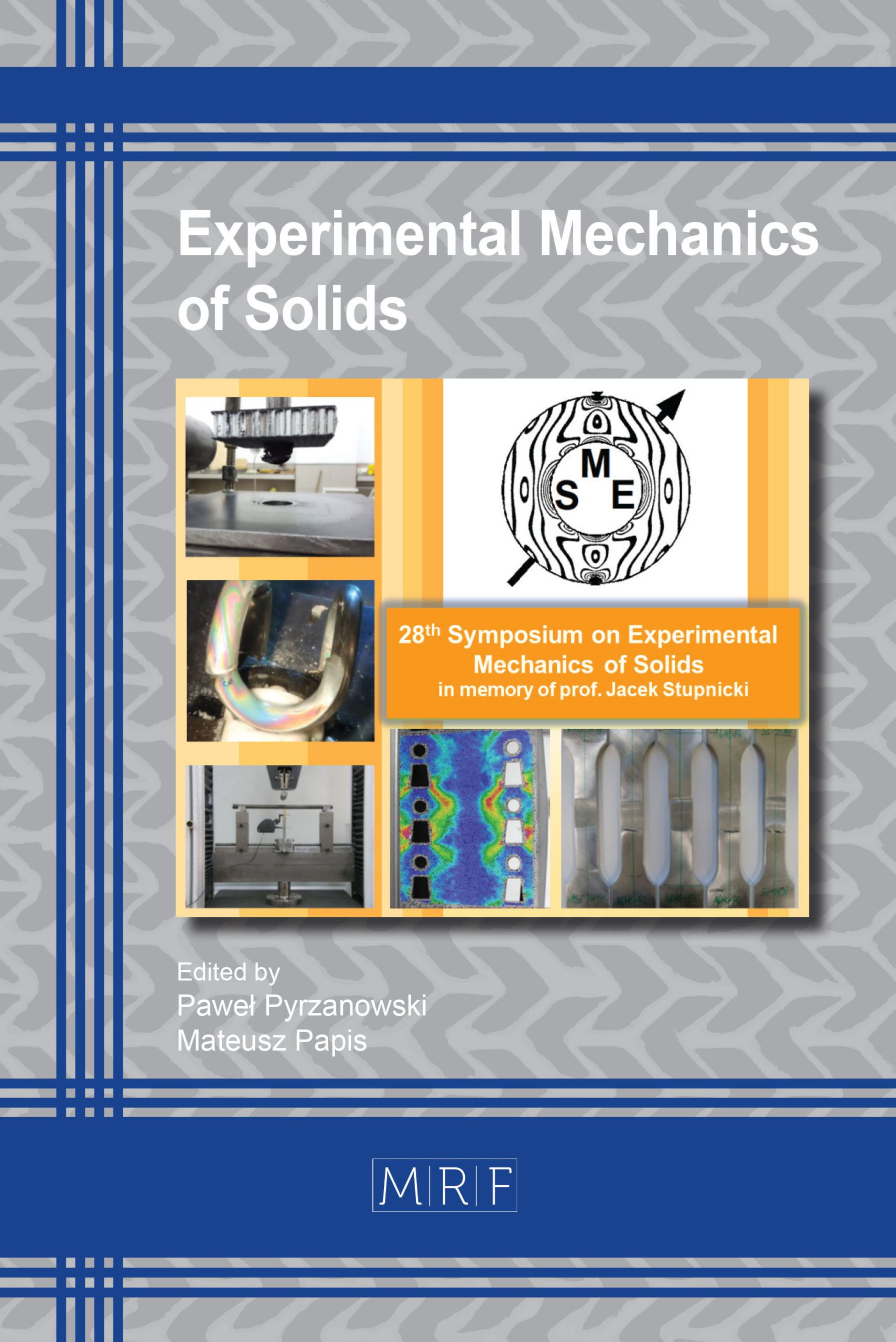Steering Kinematics and Turning Resistance Experimental Investigation of Articulated Rigid Body Vehicles
Aleksander Skurjat
download PDFAbstract. Steering kinematics and turning resistance torque depends on geometrical parameters, mass distribution and a type of suspension system of an articulated body steer vehicle with a combination of a ground type. It is important how does a driving system is designed because of its influences on wheels torque while turning. When a vehicle is turning an angle in an articulated joint is rising and the front and rear frame rotate themselves by an angle to the symmetry line when previously situated vehicle forward. In a paper, a method for front and rear frame measuring angles of rotation is presented. There are also results of turning resistances with different mass in articulated wheel loader bucket and two types of ground. Results show, that increasing of a wheeled bucket load influences both steering torque required for turning and changes angles of rotation of the front and rear frame of a vehicle. Steering torque at a first phase is measured to rise to maximum level then decrease even bucket load increase. We can observe that revolution angle of front and rear frame during steering depends strongly on a bucket load, ground type and driving system. Knowledge in rotation angles gives an opportunity to propose a mathematical model for future prediction turning resistance torques.
Keywords
Off-Road Vehicle, Articulated Body Steering System, Steering Kinematics
Published online 5/25/2019, 8 pages
Copyright © 2019 by the author(s)
Published under license by Materials Research Forum LLC., Millersville PA, USA
Citation: Aleksander Skurjat, Steering Kinematics and Turning Resistance Experimental Investigation of Articulated Rigid Body Vehicles, Materials Research Proceedings, Vol. 12, pp 131-138, 2019
DOI: https://doi.org/10.21741/9781644900215-19
The article was published as article 19 of the book Experimental Mechanics of Solids
![]() Content from this work may be used under the terms of the Creative Commons Attribution 3.0 licence. Any further distribution of this work must maintain attribution to the author(s) and the title of the work, journal citation and DOI.
Content from this work may be used under the terms of the Creative Commons Attribution 3.0 licence. Any further distribution of this work must maintain attribution to the author(s) and the title of the work, journal citation and DOI.
References
[1] P. Dudzinski, Problems of turning process in articulated terrain vehicles, Journal of Terramechanics, ISTVS, vol 19, No. 4, p.246-256, 1983. https://doi.org/10.1016/0022-4898(83)90030-7
[2] P. Dudzinski, Lenksysteme für Nutzfahrzeuge, Springer-Verlag, 2006
[3] A. Skurjat, A. Kosiara, Directional stability control of body steer wheeled articulated vehicles. W: Dynamical Systems in Applications, Łódź, Poland, December 11-14, 2017, Springer, cop. 2018. s. 363-371. https://doi.org/10.1007/978-3-319-96601-4_33
[4] P. Dudziński, A. Skurjat, Research on the influence of geometric parameters on the phenomenon of snaking of articulated vehicles. Zeszyty Naukowe – Wyższa Szkoła Oficerska Wojsk Lądowych im. gen. T. Kościuszki. 2017, t. 186, vol. 49, nr 4. https://doi.org/10.15804/athena.2016.50.04
[5] P. Dudziński, G. Hapel, A. Skurjat, Patent. Polska, nr 216468. Sposób i urządzenie do automatycznego adaptacyjnego sterowania pojazdem nr 388851, 2014
[6] S. Madgwick, Automated calibration of an accelerometers, magnetometers and gyroscopes – A feasibility study, 2010
[7] Pablo Esteban Quiroga Garcia Wenjie Li, On Indoor Positioning for Mobile Devices, Department of Signals and Systems, Chalmers University of Technology, Goteborg, Sverige, 2011
[8] C. Treffers, L. Wietmarschen, Position and orientation determination of a probe with use of the IMU MPU9250 and a ATmega328 microcontroller, TuDelft, 2016































